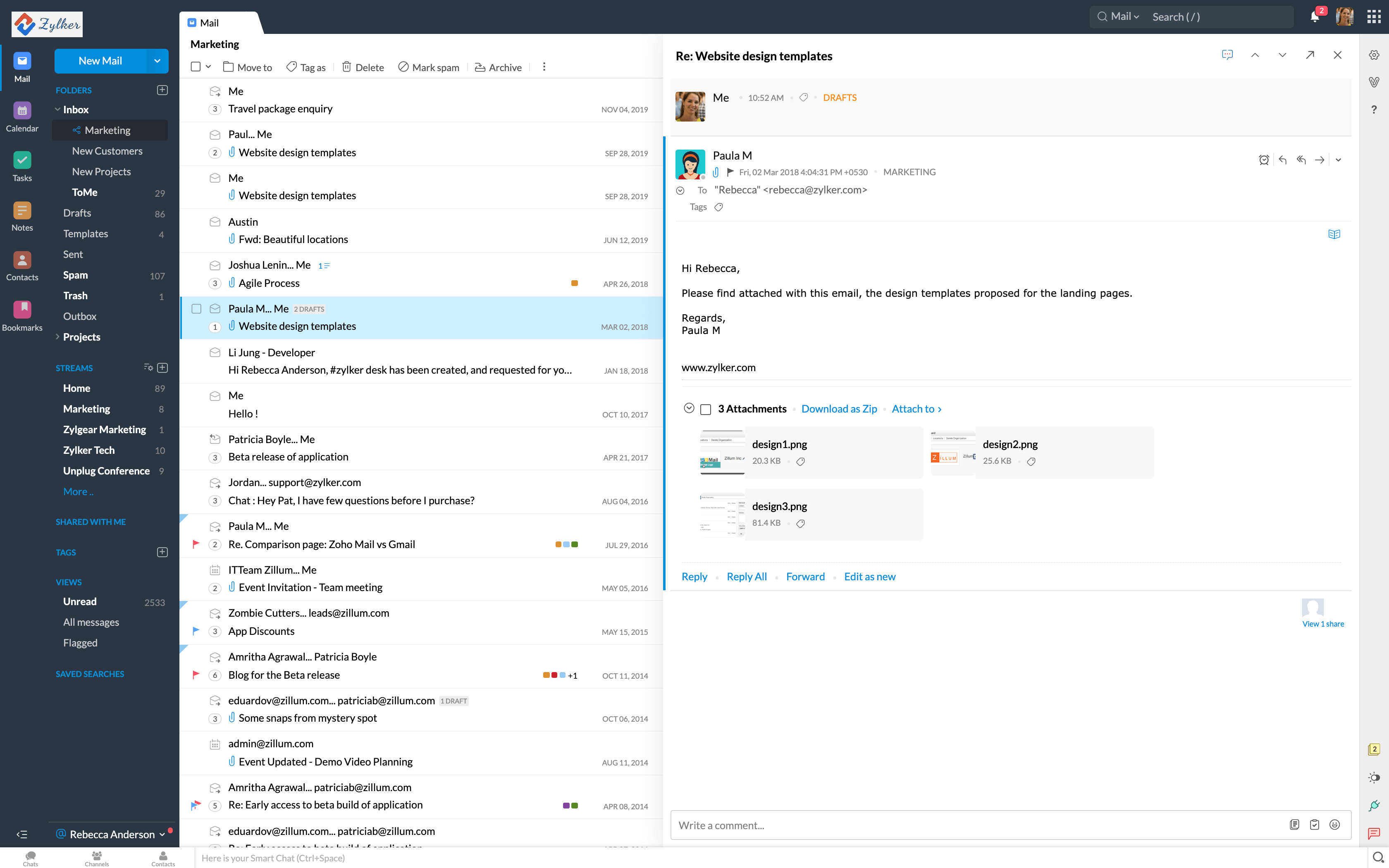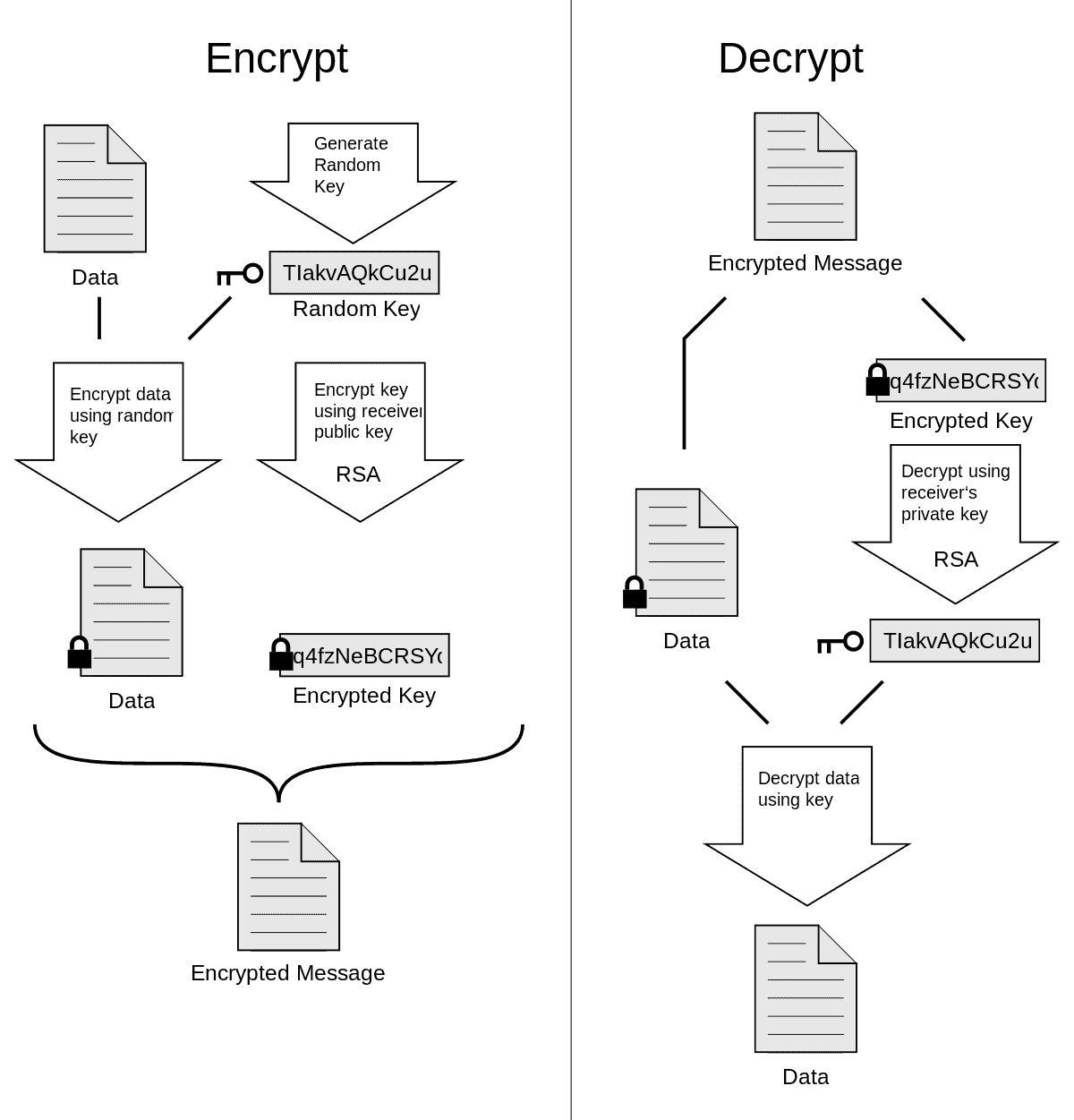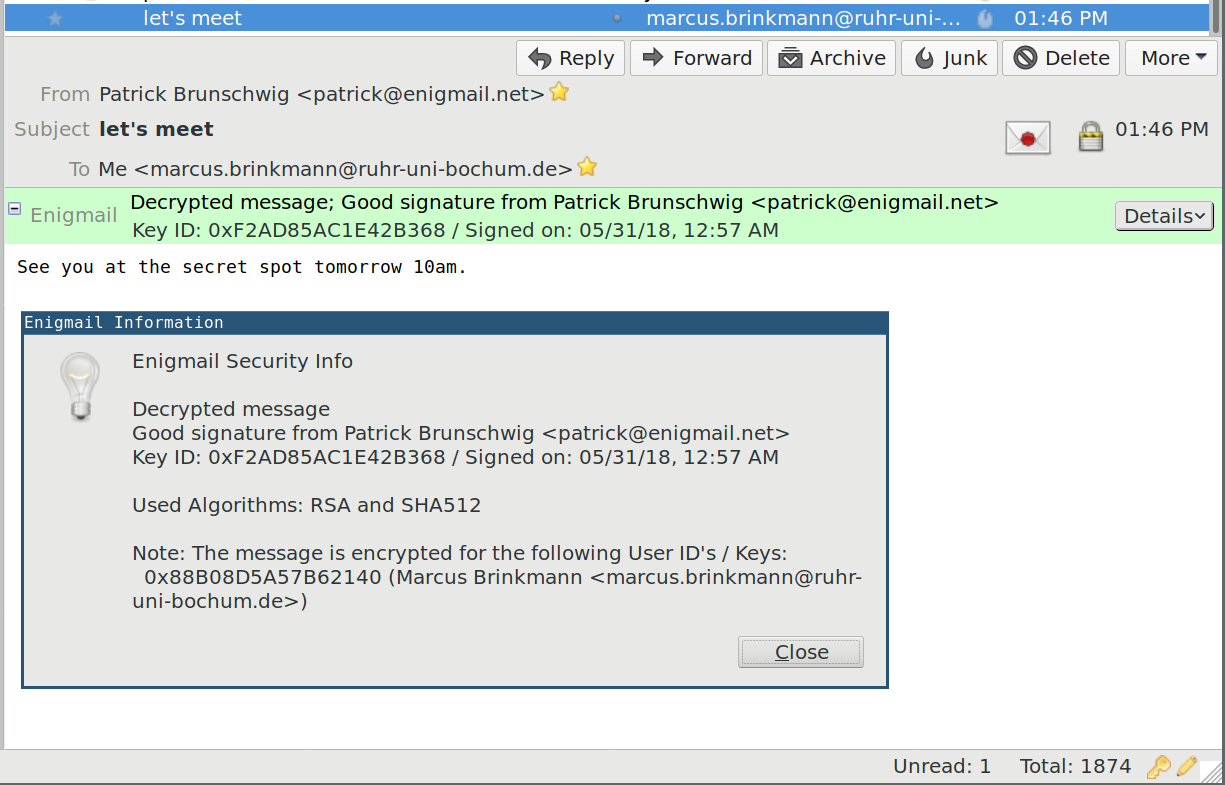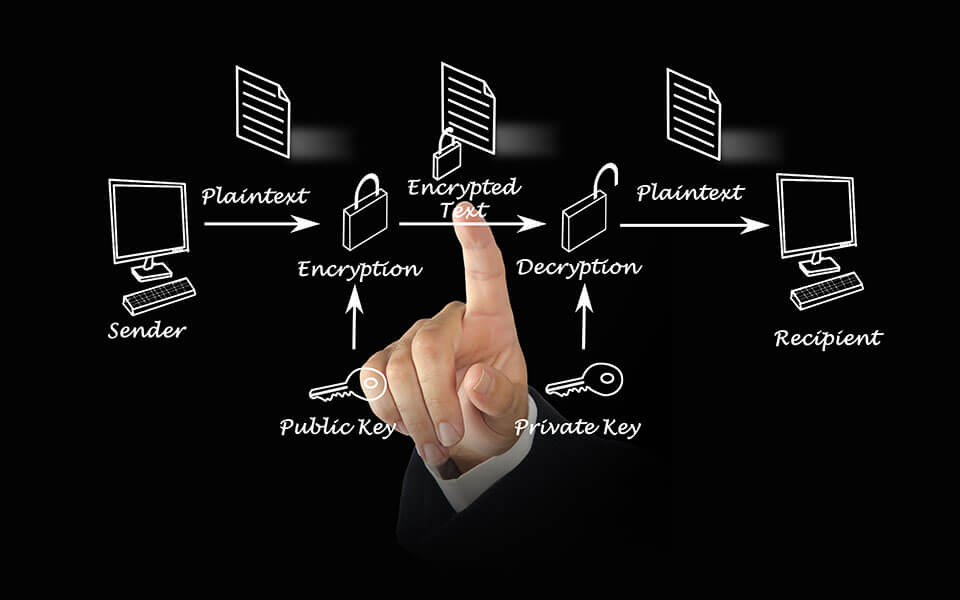


rather than a central authority figure who issues trust to both users (the PKI model).- Sweerek ( talk) 15:28, 2 April 2013 (UTC) To map a real person to a digital signature PGP uses the "Web of Trust" model that relies upon the signer and reader trusting many third parties and thus building trust-links (a web). 83.42.5.246 09:20, 5 March 2013 (UTC) "AUTHENTIC" what? Not to be too much of an engineer, but a confirmed/verified PGP signature only means that the contents have not been altered and the message was signed by the stated someone, but that 'stated someone' isn't necessarily the person whom you think it is. So if you receive a mail with that "heading" it's probably from me. I am probably the only nerd that use PGP. This is a significant difference in meaning. It says verifying that the email is AUTHENTIC. It says nothing about 'verifying that the email is secure' or secret, or encrypted.

#THE BEST PGP EMAIL HOW TO#
Transcript How to use PGP to verify that an email is authentic: Look for this text at the top Reply -BEGIN PGP SIGNED MESSAGE- HASH: SHA256 Hey, First of all, thanks for taking care of If it's there, the email is probably fineĪdd a comment! ⋅ add a topic (use sparingly)! ⋅ refresh comments! DiscussionĮverybody below seems to have misread the comic. Again, Randall is humorously suggesting that the existence of the block is itself sure evidence of authenticity.

The title text extends the joke by suggesting you confirm there's a bunch of random characters in the footer (this is the actual signature that PGP generates which can be used to verify the authenticity of the email). Further, because PGP signatures are so rare and probably ignored by most recipients, he suggests one would not expect anyone to even bother creating a false PGP signature therefore the mere existence of a PGP header would suggest authenticity. Because a signed email is so rare, and because it is already legible and unencrypted, Randall is making the tongue-in-cheek observation that few users, technical or otherwise, actually know how to use the signature to verify the authenticity of the sender using the PGP signature, and that such users can safely assume that since there is a signature, that is good enough evidence that the message is authentic. In fact, the use of PGP even to sign email messages is so rare that most people have probably never seen a signed message. This is more common than encryption, as reading an encrypted message would require the recipient to already be a PGP user. In the case of the email in this comic, it has only been signed not encrypted (hence, the top of the first line of text can be seen and is legible in normal English).
#THE BEST PGP EMAIL CODE#
Encrypting means encoding data in a way that requires a secret key to decrypt and read signing means that there is a code included in the data which can be used to verify the identify of the sender and that the data has not been altered in transit. PGP (Pretty Good Privacy) is a program which can be used to encrypt and/or sign data, including messages sent as emails. Title text: If you want to be extra safe, check that there's a big block of jumbled characters at the bottom.


 0 kommentar(er)
0 kommentar(er)
